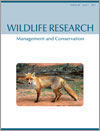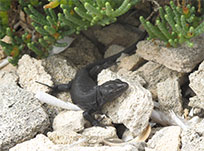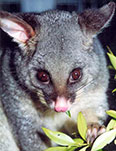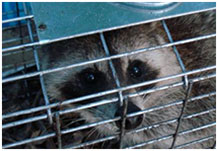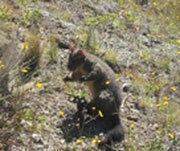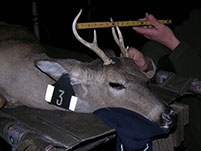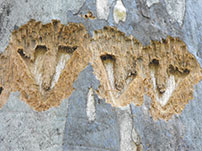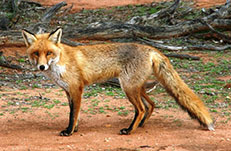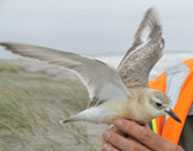WR13063Differences in brushtail possum home-range characteristics among sites of varying habitat and population density
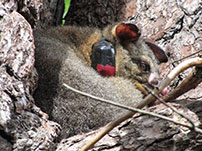
Possums are a pest in New Zealand and knowledge of variations in their behaviour is important in developing effective and efficient control strategies. In this study, possums at two sites of similar habitat and density exhibited larger home-ranges and used more dens, compared to a third site of different habitat and higher density. This research suggests that control strategies should be adapted depending on habitat and density to account for variations in the behaviour of possums. Photograph by Belinda Whyte.


